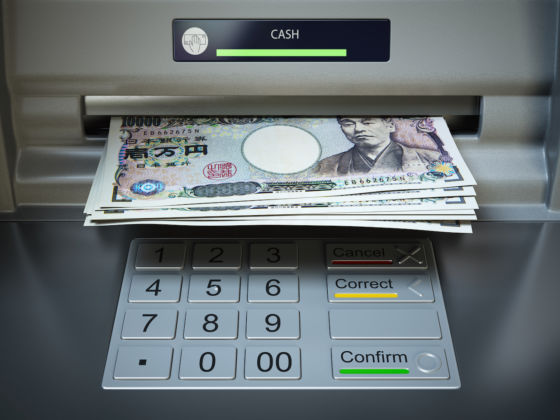1. Does It Feel Right?
Thought you learned nothing when handling cash as a restaurant waiter/waitress or cleaned golf clubs at a country club like myself? You’re wrong. The experience of continuously exercising the sense of touch over and over again has taught us what to expect when handling paper currency. The printed paper should feel crisp due to embedded fibers and shouldn’t be floppy.
